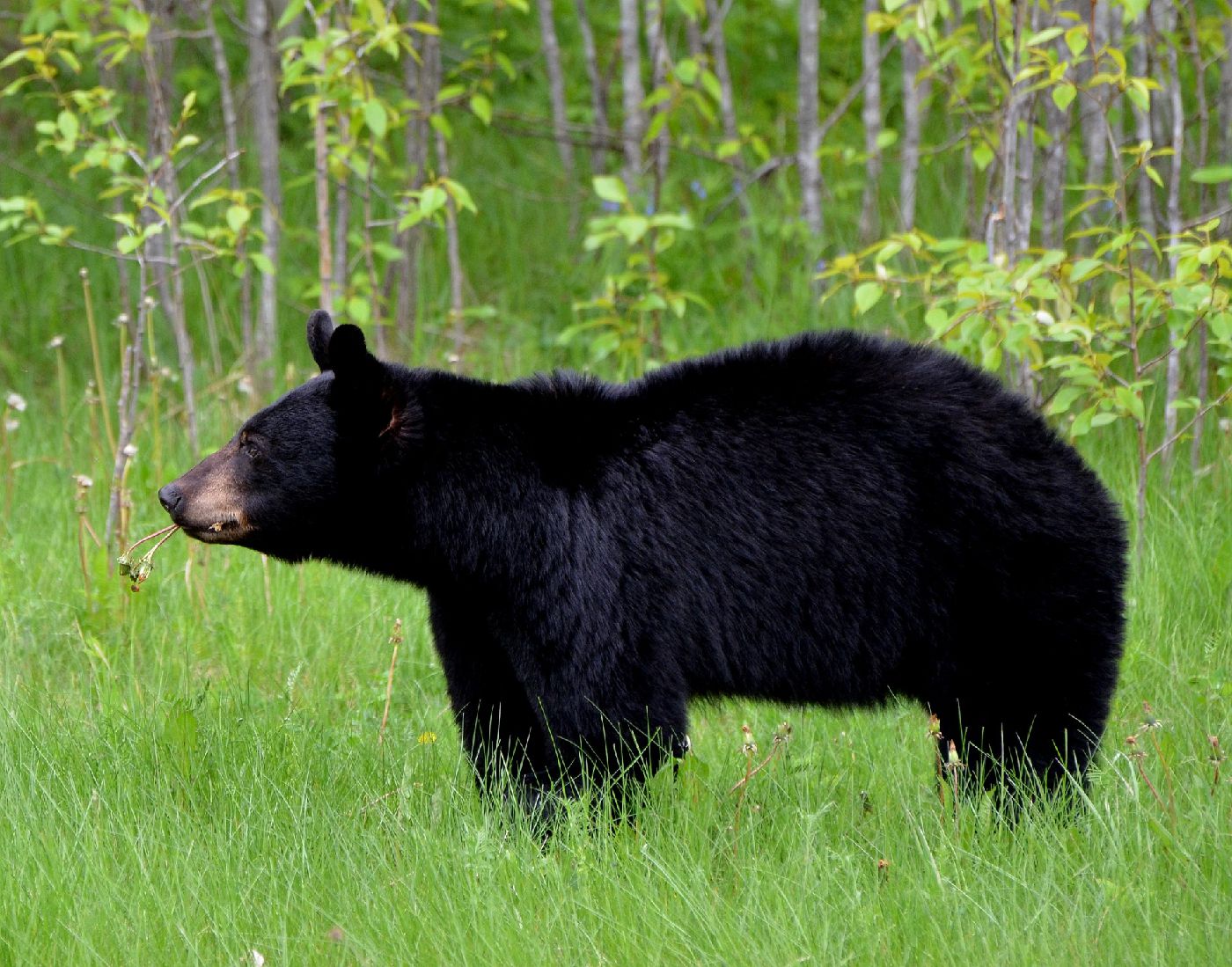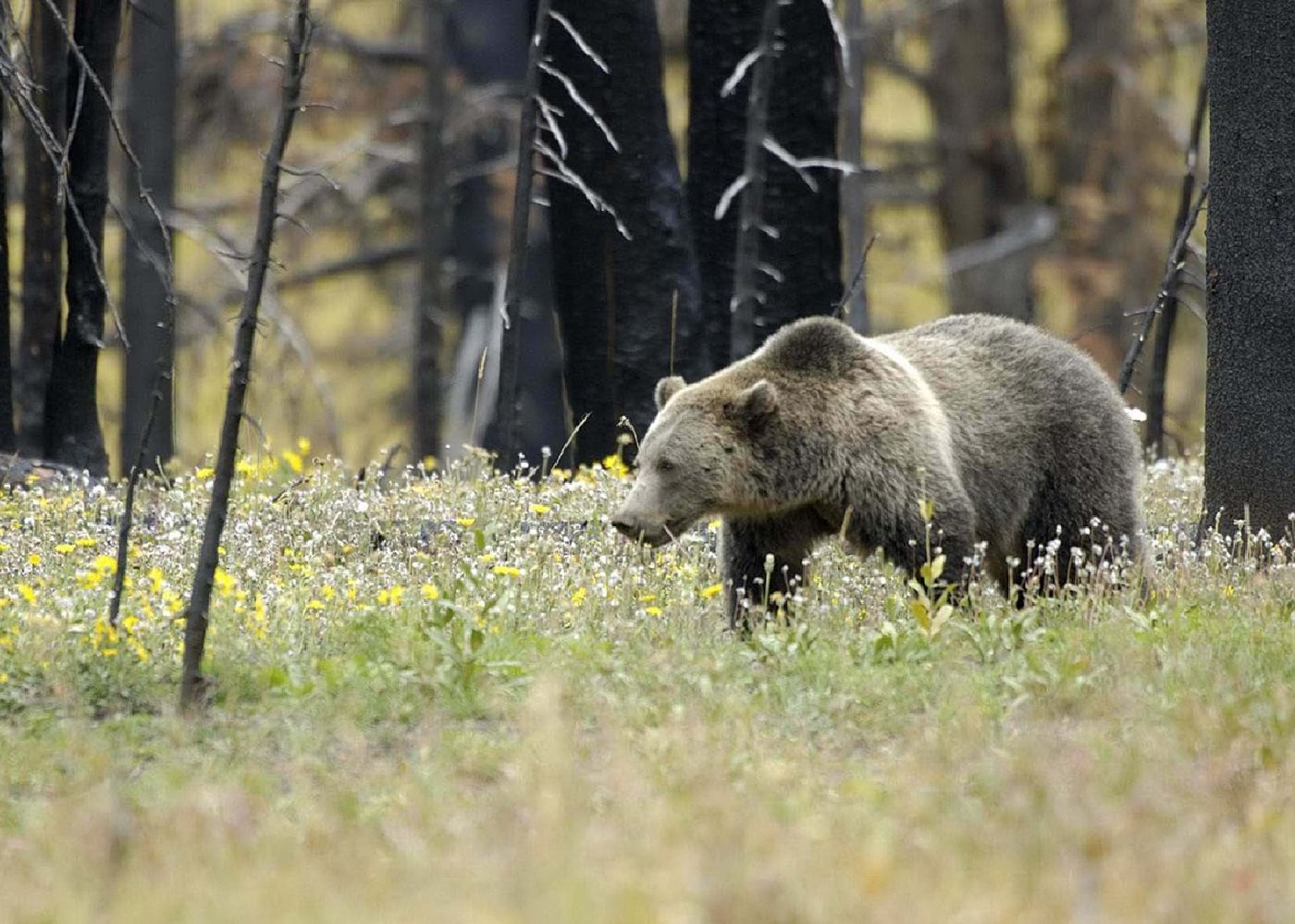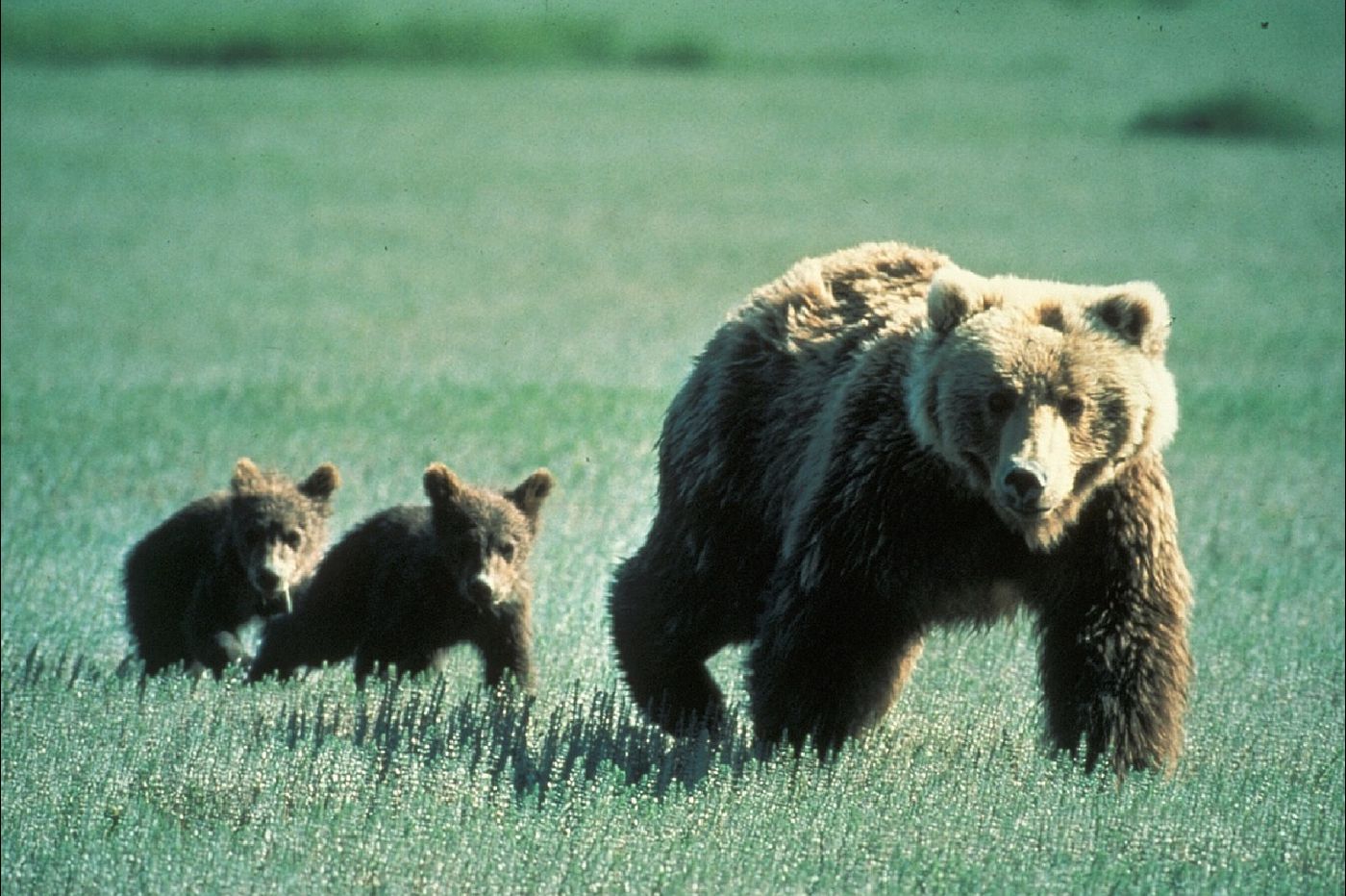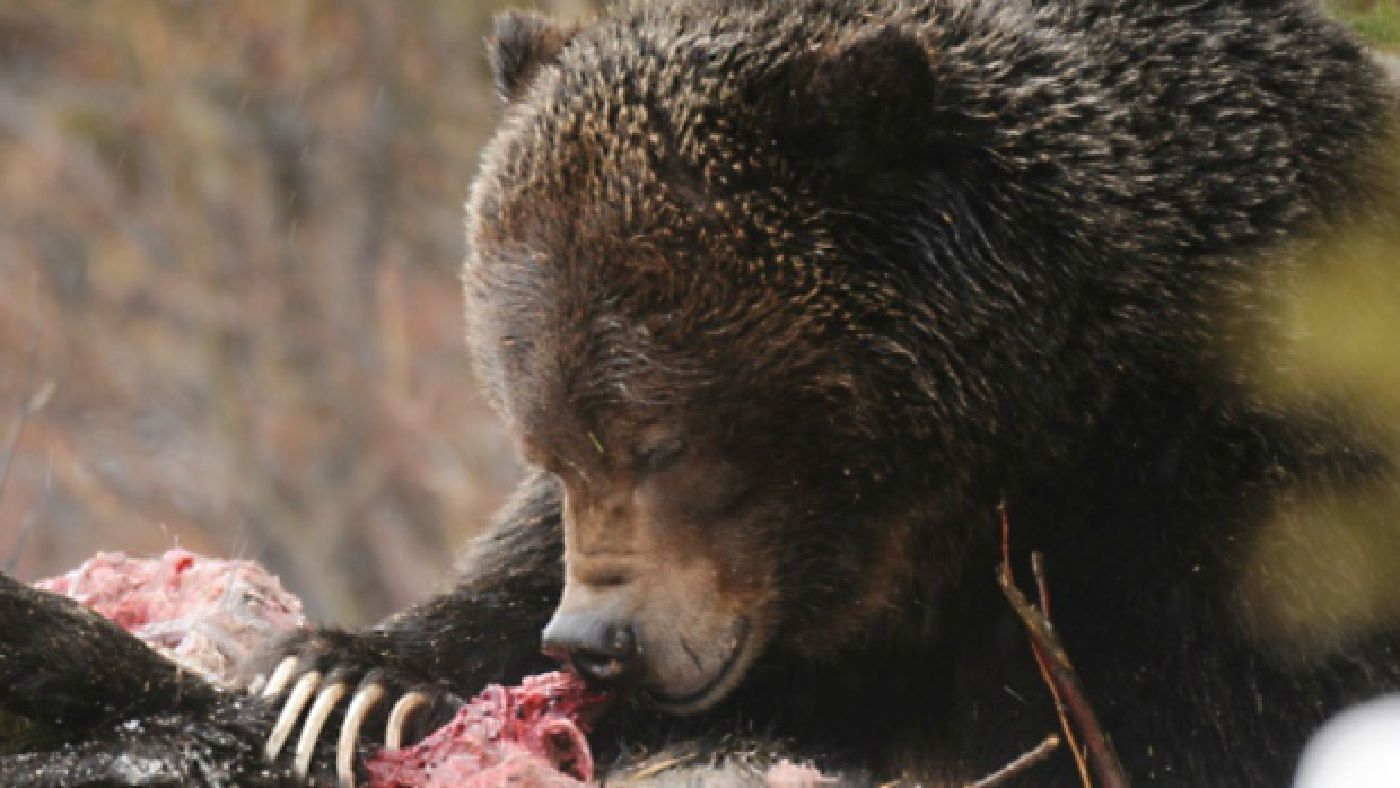CHECK IT OUT
Part 1: Identifying common North American bears and their habitat
CHECK IT OUT
Part 2: How to avoid encounters with bear
Part 3: What to do if You Encounter a Bear
The black bear and grizzly (brown) bear are common fauna easily found in many areas of North America. As members at the top of the food chain, bears must be treated with respect when one is venturing into areas that are home to bruins. Avoiding encounters between bears and humans is ideal but not always possible. This article intends to provide basic information every outdoorsperson should know in the event of an encounter with a bear (or other large carnivore like a cougar).

Attacks are less common than the media would sometimes lead you to believe. Since 1955, researchers have determined that about 177 attacks causing injury or death inflicted by bears have occurred in North America. This compares to 179 Cougar attacks and 216 Coyote attacks during the same period. 130 Americans die each year as a result of deer and 30-35 Americans are killed every year by dogs. That said, bear encounters are still risky and should be understood to decrease your change of serious injury or death. When someone encounters a bear there are three possibilities. First, the bear may not notice the person. Second, the bear may respond defensively. Third, the bear may be acting predatory. All three encounters, regardless of species as once taught, require employing different strategies when dealing with the encounter.
If you encounter a bear while traveling and the bear has not noticed you, simply return the way you came being sure you are not being followed. Once out of the area, giving as much room as possible, go around the bear or find an alternative route; preferably talking or singing as you go to alert the bear of your presence. Avoid shouting out at a bear that has not detected you. Startling a bear may provoke a defensive attack.

If you surprise a bear the encounter is likely defensive. The first reaction a defensive bear will demonstrate is stress. The bear will seem agitated and may stand on their hind legs to get a better scent. They may “huff” (common), click their teeth, or moan. If you hear these noises, slowly back away from the area. The key to these encounters is to appear as non-threatening as possible. Raise your arms and speak in a low tone to help identify yourself as a human. If the bear becomes more agitated they may strike the ground or a tree, or occasionally bluff charge. If the bear approaches you must stand your ground. Do not run! Running will trigger the bear to chase you. When the bear retreats you can continue backing away.
If the bear does attack, fall to the ground in a prone position, spread your legs to prevent being turned over, and cover your neck with your hands. If you are flipped over continue to roll back onto your stomach. Stay still and do not fight back; the bear is being defensive. Fighting back will trigger a fight-or-flight response. After the attack is finished be sure to stay still for an extended period ensuring the bear has retreated. Moving too soon may provoke another attack. Grizzly bears, especially mothers with cubs, are the most likely culprits during these types of attacks. Unlike black bears, grizzlies are less able to escape up a tree out of perceived danger, so they will tend to become aggressive. This may also be due to the open habitat, like range land, that grizzlies prefer, which offer little areas to escape to.

Predatory attacks should be more worrisome to back country users and are often a lone male black bear. If the bear has detected you and is now approaching slowly, with little signs of stress and intensely smelling the air, the encounter is no longer defensive. This bear may either be curious or he thinks you are a food source. Either way, this is a serious threat and you must stand your ground, make yourself look as large as possible, and shout. If the bear is still approaching deploy your bear spray, and if he attacks fight back! Use any weapon you can, including rocks and sticks. Concentrate your blows to the eyes, nose, and face – you are fighting for your life. There have been reports that these attacks can be unrelenting and the bears broke into structures to pursue their prey.
Oleoresin Capsicum (OC), or bear spray, is a must for everyone traveling in bear territory. These items are extremely affordable and available, and have proven to be 95 percent effective at deterring aggressive bear encounters. Similar to police pepper spray, bear deterrent is a highly concentrated solution that is sold in a quantity large enough to deter an attack. Smaller dog or personal defense sprays are not recommended, as they do not have the same propellant for distance or duration. This type of deterrent is easily used with little-to-no training and has non-lethal consequences if used appropriately, inappropriately, or by accident. The canisters are lightweight, easily carried, and easily deployed. OC bear spray is the recommended deterrent by bear experts.

Firearms have long been seen as an effective and often preferred deterrent by many outdoorsmen, especially in the U.S. Steven Hurrrero, a bear industry expert, has shown that this may not be the case, and as OC spray becomes more popular, the effectiveness of firearms as a deterrent has waned with experts. With proper training, and the appropriate firearm and ammunition, this type of deterrent can be effective in certain circumstances. Used primarily as a hazing device to negatively condition bears away from conflict situations, rubber bullets and riot style shotgun beanbags or paintballs create a painful reminder that bears should avoid humans. As a defense against attack, evidence is pointing away from firearms. Bulky and heavy firearms have proven to be only 55 percent effective at deterring an attack. There is also a risk of accidental discharge or shooting someone involved in an attack. Shots must be fatal, as a wounded bear that is defending cubs or a food source may become enraged and continue attacking. If choosing a firearm as a deterrent then careful consideration must be taken in determining caliber. Most handguns are considered ineffective and most rifles are difficult to use at short range, which is likely in the common defensive attack. With evidence against its effectiveness, severe consequences in the event of an accident, heavier weight, and cumbersomeness toping the list of reasons against firearms, it would seem guns are proving to be more of a liability than effective deterrent against bear attacks.